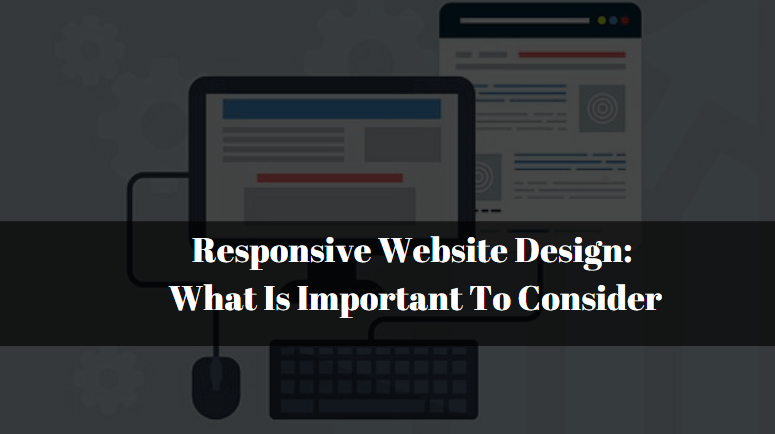Responsive website design is increasingly seen as a real alternative to creating separate versions for devices with different screen sizes. But, if initially the ideas of adaptability carried opportunities for expanding access to the sites of the user audience, today they have turned into an integrated approach that allows you to make the resource convenient and convenient specifically for your target user.
And not the least role here is played by the download speed, in which the “mobile, variancetv” sites noticeably lose adaptively. But the “three seconds” rule, after which the visitor leaves, and without having to wait for the loading of his pages, even search engines take into account today.
But can responsive design serve as a universal solution to all problems? Of course not, because there is no universal scheme by which you can create the perfect website design or carry out its modernization.

What should you focus on when choosing a responsive design for your site?
1. User interests.
You can make an infinite number of versions “for browsers” and “for mobile”, but not achieve the desired result. And you can initially build upon the development of the design from the needs of the target audience of the site (statistics to help) and succeed.
2. Ease of loading
Responsive design sometimes leads to problems with loading various versions of the site. In particular, it takes too much time to adapt images targeted at desktop versions.
And this time does not play in favor of the web resource. As a result, it is sometimes easier to make two separate versions of the site – for mobile devices and ordinary computers, than to create an initially “heavy” responsive design for viewing on any screens.
3. Lack of alternatives
Most users of the web environment are already accustomed to having a choice: view the site in the desktop version or choose the mobile option. Responsive design robs users of this opportunity, offering a level playing field for everyone. And not always the lack of choice is the right decision.
4. Loss of performance
Conversions on a successful site that has a good conversion, traffic, which, in general, works quite successfully, can lead to a loss in performance. And in this case, the adaptive design will be more likely a flaw that can complicate the life of developers and optimizers. But for a not-so-successful site, adaptability can become a new stage in development, giving it more opportunities to reach a mobile audience.
5. Mobile traffic
Who is primarily shown responsive design? Sites whose share of mobile traffic is quite large. In this case, it makes sense to focus on adaptive versions.
Adaptation is also worthwhile if you plan to actively develop the resource in the direction of covering the mobile device market (an application is launched or it is planned to launch its service). But for successful desktop sites, the transition to adaptability is unlikely to be justified and advisable.
What else is important to consider when developing a responsive design?
When designing an interface, it is worth considering the capabilities of various screen sizes, placing its elements in such a way that important information does not turn out to be hidden.
Responsive design provides everything, including working with touch-screens. And the interface elements must comply with this fully.
When choosing typography, you should focus on the options that are most conveniently displayed on any screen.
Adaptive does not mean primitive. In any case, the design should correspond to the idea and theme of the resource itself and at the same time should not change depending on the screen size.
Focusing on mobile devices, do not forget about desktops. Otherwise, all the work may be in vain.
Also Read – Website Migration From One cPanel Server To Another
It is also important to leave the zoom function for the responsive site mocospace. The lack of opportunities to enlarge an image or text sometimes makes the site inconvenient for viewing.
